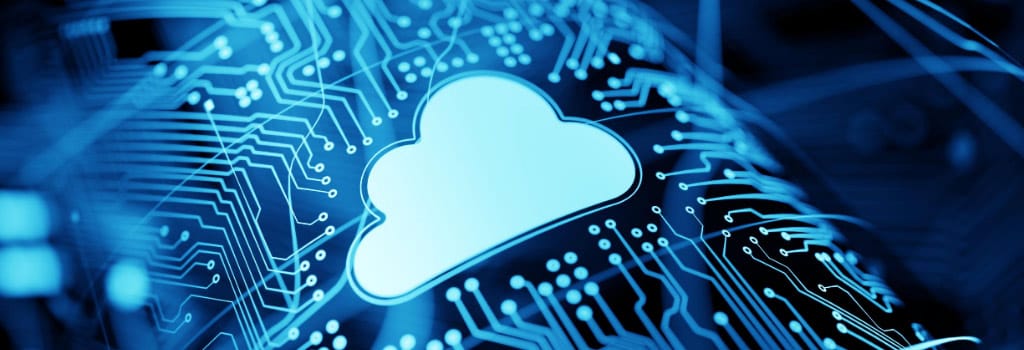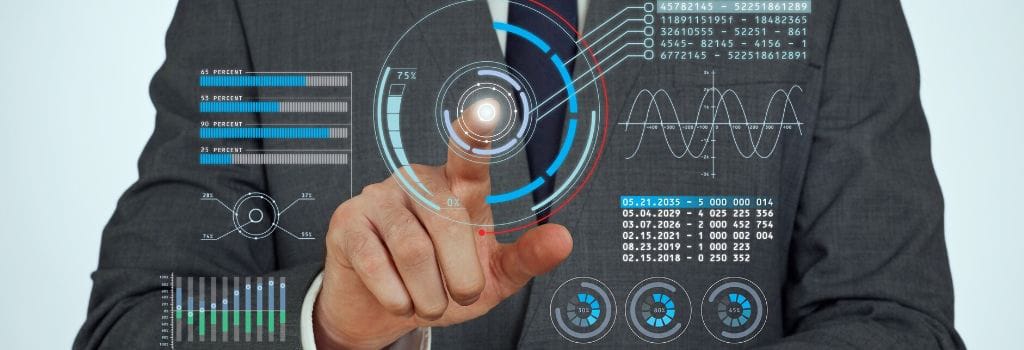Eagle-Lanner tech blog
- 詳細內容
- 作者 Wendy Clark
The industrial sector is of tremendous and strategic importance of a country’s development. With the Internet of Things, the modern industry has been revolutionized and turned into a new chapter by connecting billions of sensors and devices required to operate an integrated ecosystem. That is, informational technology (IT) and operational technology (OT) systems all together brought automation and interconnectivity into the existing facilities. Among them, the Critical Infrastructures automate the manufacturing of the products or services that contribute to our normal life-clean water we drink, stable energy to power our homes, emergency services that save our lives, smooth traffic flow, oil or gas. It is imaginable that any attack on any part of the critical infrastructure could impact almost every person. Over recent decades, the worldwide embrace of Industry 4.0 has boosted the facilities’ efficiency, yet regardless of their sophisticated infrastructure, how many are well-prepared for cyber-attacks that come along with this advancement?
- 詳細內容
- 作者 Wendy Clark
As the world is changing, the workforce has begun shifting to distributed locations. This teleworking model, ultimately, has accelerated the need to adopt multi-cloud platforms and services, which already caused security concerns to arise and compelled the companies and IT professionals to rethink their security approach.
閱讀全文: SD-WAN Getting SASE: The Convergence of Enterprise Networking and Security
- 詳細內容
- 作者 Wendy Clark
It is well established that cloud adoption has become the new norm for enterprises across industries, a sine qua non of future business continuity. However, not until the recent Covid-19 crisis shook the planet did cloud computing really come into its own. Thanks to remote technologies, millions of companies around the world continue to operate during isolation with their workforce staying connected from home. Yet there is more to it — as the remote revolution remains shifting people to their home bases, companies come to realize the benefits and possibility of getting rid of their pricy real estate. Also, weaknesses and vulnerabilities of centralized computing networks have been exposed, expediting the acquisition of more remote technologies to facilitate remote working. Hence the new way businesses are going to conduct themselves has taken shape — cloud-based edge computing.
閱讀全文: How Covid-19 Outbreak Has Accelerated Edge Computing Deployment
- 詳細內容
- 作者 Vic Wallace
Ahead of its commercial operation launch earlier in 2020, 5G trial operations had been on the road. The global industry leaders in telecommunications, automotive, or robotics are striving to make this reality happen. In Taiwan alone, a total of nine POC (proof of concept) are in the trial phase, covering traditional manufacturing, hi-tech, medical service, government and retail industries. Back in 2018, a Taiwan-based telecommunication company already embarked on building Taiwan's first 5G-enabled pilot smart manufacturing plant to demonstrate 5G applications for wireless productivity and quality monitoring on the assembly line.
閱讀全文: Private 5G Network to Be the New Norm: How 5G Adoption Moves Enterprises into Future
- 詳細內容
- 作者 Richard Nass
It’s not surprising that the same model applies to smart transportation. Like factories, public transportation vehicles run a variety of applications on separate proprietary hardware platforms and multiple operating systems. A city bus, for example, might have surveillance cameras, an ePayment system, and fleet management sensors on board—all running independently.
- 詳細內容
- 作者 Vic Wallace
Driven by IIoT/IoT platforms, edge computing, and cloud storage, we are at a point where the factory floors around the globe are being shaken up by the new paradigm shift that re-defines a “machine” and its entire operations—Machine-as-a-Service (or Equipment-as-a-Service). These interdependent technologies have brought unprecedented interconnectivity to the machines as well as every stakeholder in the production chain.
閱讀全文: Machine-as-a-Service: The New Paradigm Shift That Shapes Today’s Smart-Manufacturing
- 詳細內容
- 作者 Vic Wallace
Despite the very limited deployment cases, the merging of home and office already started years ago. Overnight, it is no longer an alternative but an imperative due to the unprecedented COVID-19 global pandemic. The disturbances brought by coronavirus have not only severely hit home to the human population but affected the global economy, all communities, our way of life – even our working habits. Over the past weeks, we’ve seen the tech giants Apple, Microsoft, Facebook, Twitter, Google and others adopting the WFH model. Apparently, IT experts worldwide are facing the same challenge – how to enable remote workforce immediately.












